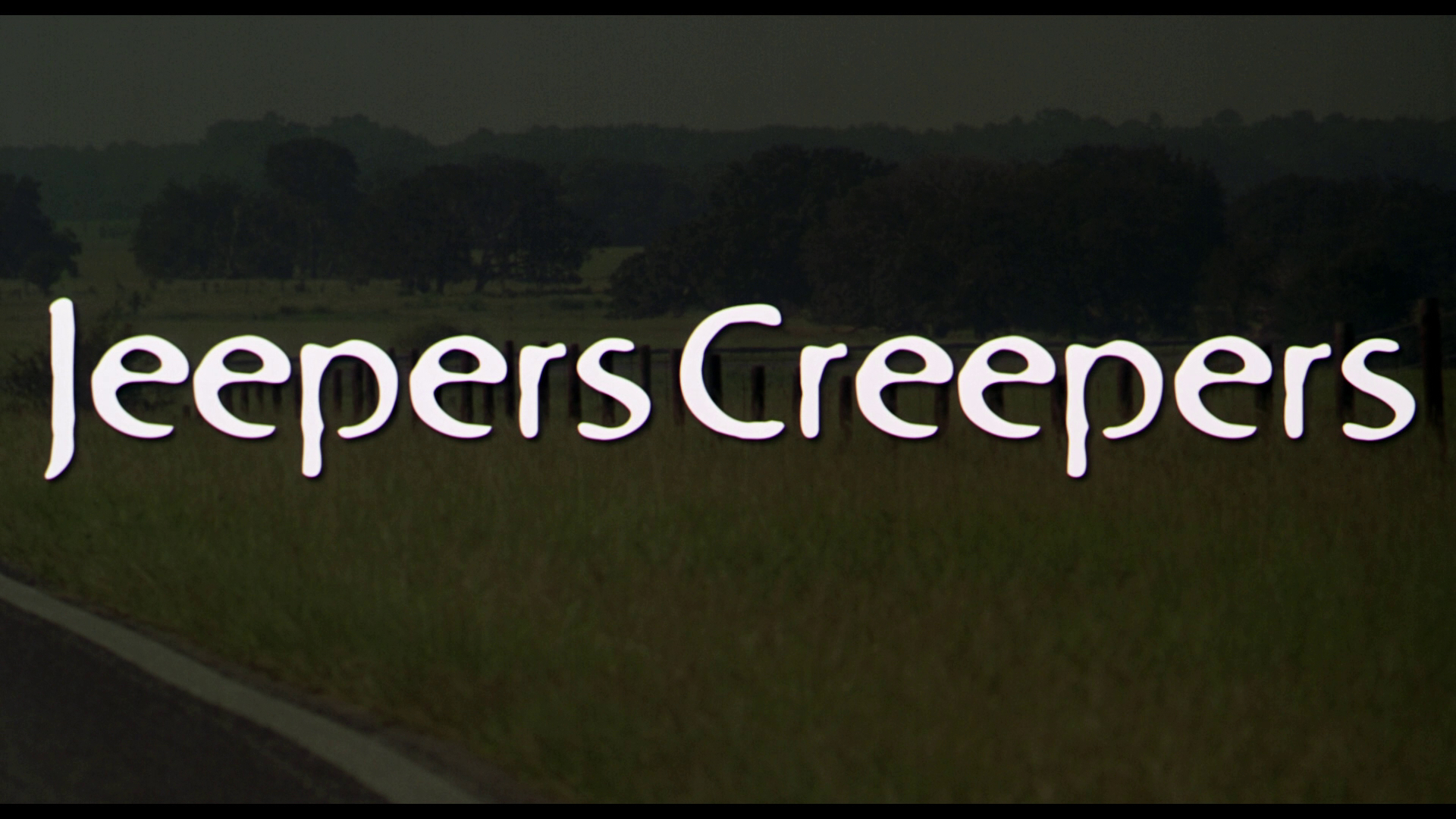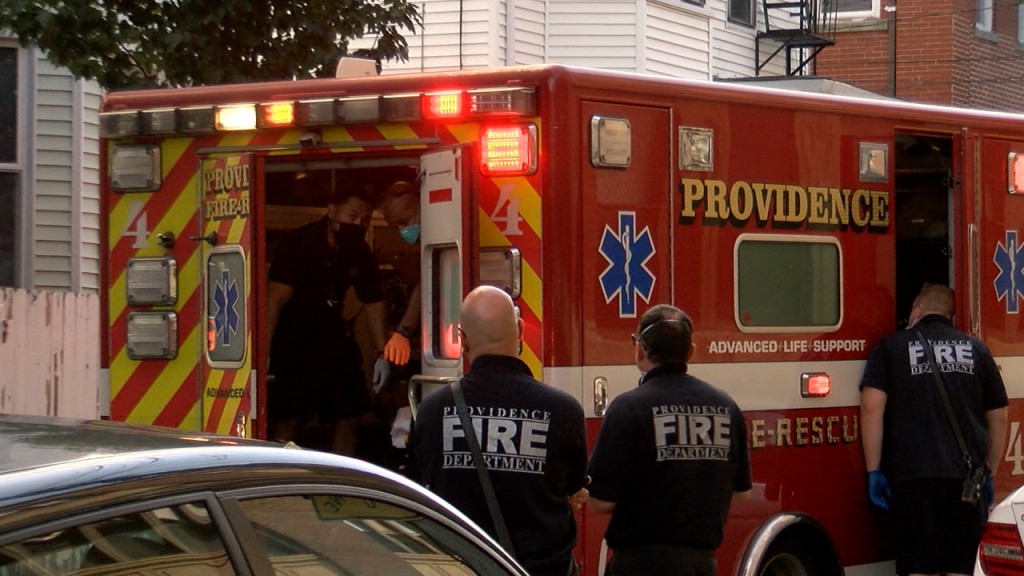Architecture and Software
. ( t h e s e c t i o n s b e l o w a r e f o r d e p a r t m e n t a l u s e o n l y ). application type (circle one) license type group designation endorsements tip orig. O c m gdl 1 gdl 2 gdl 3 pid a b c cy f h n p r s t seas. Corrective lens? Driver Pack for Enterprise. Driver packages selection for Enterprise CAB and One-Click Bundle distribution. D/E/P/Q (mk1S) Enterprise CAB Windows 10 64bit Ver.1909. Tengo una laptop lenovo lenovo laptop z40-70 14' core i5 cpu 4210, 1tb de disco duro y 6gb de memoria ram con windows 10 quisiera saber cuanto dura la bateria de esa laptop ya que a mi me dura una hora y media solamente en internet y con videos de canciones. Net domestic product (NDP) is an annual measure of the economic output of a nation that is adjusted to account for depreciation. It is calculated by subtracting depreciation from the gross.
32-bit and 64-bit are terms referencing on how a processor embedded in the computer, or CPU, handles data. A 32 bit architecture allows the arithmetic and logic unit (ALU), or digital circuit, to perform 32-bit integer arithmetic and logical operations.
For architecture with 64-bits, it allows a 64-bit version of Windows to handle large amounts of RAM better than a 32-bit system. Also a 64-bit system has 64-bit address registers, with data registers and the data bus typically equivalent in size as the address registers. So, 64-bit CPU and ALU architectures have matching registers and address, or data, buses in like values.
Compatibility
What is compatible with a 32-bit CPU?
A 32-bit processor cannot run an operating system designed for 64-bit CPUs. Nor does it support 64-bit applications. 32-bit CPUs can only run a 32-bit OS and applications designed for 32-bit operating systems.
| Processor (CPU) | 32-bit | 32-bit | 32-bit | 32-bit |
| Operating System (OS) | 32-bit | 32-bit | 64-bit | 64-bit |
| Application program | 32-bit | 64-bit | No | No |
| Compatible? | Yes | No |
What is compatible with a 64-bit CPU?
64-bit systems are generally backward-compatible and support both 32-bit operating systems and 32-bit applications.
| Processor (CPU) | 64-bit | 64-bit | 64-bit | 64-bit |
| Operating System (OS) | 32-bit | 32-bit | 64-bit | 64-bit |
| Application program | 32-bit | 64-bit | 32-bit | 64-bit |
| Compatible? | Yes | No | Yes | Yes |
Memory

32-bit systems have a limitation on how much memory they can address (or point to). This limit is 4GB. While memory usually refers to RAM, this limit also includes memory in the other devices in the system like video, audio and network adapters. The combined limit for RAM,graphics(GPU) RAM, PCI memory range and a few other components is 4GB.[1]
The practical implications of this are that 32-bit Windows, for example, cannot take full advantage of 4GB RAM, and it typically shows 3.25GB. Installing more RAM is always an option, but 32-bit systems would simply not be able to use any RAM over its limit. A 64-bit version can address up to 8TB. With current systems unable to take full advantage of capacity, systems now are available with installed RAM far exceeding the 4 GB limits of 32-bit systems.
Choosing an OS for VPS
When using a virtual private server (VPS) like Linode or DigitalOcean, system administrators are often constrained by how much RAM is available. So they often recommend using a 32-bit Linux distribution to use on a VPS rather than a 64-bit operating system.
Pros and Cons
Benefits of 64-bit systems include:
- Ability to use more RAM. 64-bit processors are theoretically capable of referencing 2^64 locations in memory, or over 4 billion times the memory numbers 32-bit processors can reference. Current 64-bit Windows OS 16 TB limit, with no more than 128 GB of physical RAM due to impracticality. As a result, 64-bit processes can create 16TB of virtual, through 8 TB allotted in virtual memory for user processes and 8 TB for kernel processes.
- More efficiency. When additional RAM is installed, 32-bit systems usually cannot take advantage of it because of the addressable space limits. But 64-bit systems can, which often results in significant performance boosts.
- More virtual memory allocation. 64-bit architecture Windows can theoretically offer 8 TB of virtual memory to an application. 32-bit architecture Windows is limited to 2GB. The modern applications, especially for games, video and photo editing, desire more RAM. With the 64-bit efficient use and allocation of memory, those applications optimized for the 64-bit OS can take full advantage of the new space.
- More security features. 64-bit processing offers additional security protections, including, but not limited to hardware D.E.P, kernel patch protection, and improved device drivers.
There are a few cons, which include the following:
- Possible driver compatibility. While there is increasing support for 64-bit OS, for those still embracing older, solid, and often still functional hardware, a transfer will be in order, and sooner than later. It is unlikely that 64-bit drivers will be available for older systems and hardware. These are decisions made case by case.
- Some motherboard RAM limits. A rare occurrence is finding a motherboard supports early 64-bit processors, but not offer support more than 4GB of RAM. What is available can be some benefits of a 64-bit processor, albeit without access to more RAM. It might be time to upgrade your OS.
- Legacy issues. Software will likely not make a transition to 64-bit processing. Older applications, including 16-bit applications, will require virtualization. Otherwise, it might be time for an upgrade.
Windows Systems
Windows 8, both with its Standard and Pro versions, is available in 32-bit and 64-bit distributions. Prior to its launch of Windows 7, Microsoft stated that its Windows 8 would be the last Windows to support 32-bit architecture. With the final move of its apps, drivers and plug-ins to 64-bits, Windows will not provide 32-bit backwards compatibility. For present systems still requiring Windows XP support, it can be found through sandboxed virtualization, which was done in Windows Server 2008.
Subsequently, computers will need 64-bit-capable processors. If you are using Windows, you can check whether your processor is 64-bit by doing the following :
Dep Driving Pa Forward

- Open Performance Information and Tools by clicking the Start button, clicking Control Panel, clicking System and Maintenance, and then clicking Performance Information and Tools.
- Click View and print details.
- In the System section, check the OS type currently running under System type. For 64-bit capable, it shows if the system can run 64-bit Windows.

Note: if the system is already running a 64-bit Windows version, a 64-bit capable listing will not be shown.
References
| Origin | Buffalo, New York, United States |
|---|---|
| Genres | Barbershop |
| Years active | 1947–67 |
| Labels | Decca, Columbia, RCA Victor |
| Past members | Vern Reed (1947–67) Al Shea (1947–67) Herschel Smith (1947–50) Dick Grapes (1950–57) Wayne 'Scotty' Ward (1957–67) Bill Spangenberg (1947–62) Jim Jones (1962–67) |
The Buffalo Bills were a barbershop quartet formed in Buffalo, New York, on September 20, 1947.[1] The quartet won the 1950 International Championship and is well known for appearing in the 1957 Broadway production and the 1962 film version of The Music Man.
Origins[edit]

The quartet started out as an unnamed foursome, singing for community groups around Buffalo. The original members were tenor Vern Reed, an executive for the Tonawanda Boys' Club;[2]lead Al Shea, who was a City of Buffalo policeman; baritone Herschel Smith, a corporate executive; and bass Bill Spangenberg, a truck driver for a steel company. During an appearance at the Buffalo Quarterback Club, the nameless quartet was introduced as the 'Buffalo Bills', which was meant to be just for the occasion, but the name stuck from that day on.[2] Coincidentally, a football team known formerly as the Buffalo Bisons also changed its name to the Bills around the same time; the name proved popular enough that the current Buffalo Bills team also picked up the name when they debuted thirteen years later.
Dep Drive Electric Pa
Phil Embury traveled with the quartet around the world. The Bills competed in the 1948 and 1949 SPEBSQSA International Quartet Contests, placing sixteenth and sixth, respectively.[2]
Dep Diversity
Champions[edit]
Baritone Herschel Smith left the quartet after he received a job promotion and was transferred to Madison, Wisconsin. Unable to find a replacement, the Bills temporarily broke up. They soon found baritone Dick Grapes and success quickly followed. In 1950, the Bills won the Barbershop Harmony Society International Quartet Contest, earning them the title of International Quartet Champions. Soon after their victory, they appeared on the national radio program We The People and were honored by the Manhattan and Buffalo chapters on their return trip to their hometown.[2] Their first national television appearance was on The Faye EmersonPepsi-Cola Show broadcast on CBS in April 1951.[2] The Bills also performed at military bases in France, Germany, Austria, Japan, and Korea. That same year of 1951, the Bills released an eight-song LP album for Decca titled Barbershop Gems which was also issued on 45 and 78 RPM records.

Discovery[edit]
In the early 1950s, composer and bandleader Meredith Willson hosted a radio program called Music Today with his wife, Rini. Hearing the Bills records, he began to admire their work, and he and his wife travelled to Buffalo three years later to meet them. Afterwards, he began featuring the quartet regularly on his radio show.[3]
In February 1957, the Buffalo Bills competed on Arthur Godfrey's Talent Scouts, won first honors, and received an invitation to perform on Godfrey's morning show for the rest of the week.[3] Later that year, Willson finished writing his new musical play, The Music Man, which featured a barbershop quartet in the plot. Willson suggested the Bills come to New York City and audition for the show. They were immediately accepted, but joining the musical meant they would all have to quit their jobs in Buffalo and relocate to New York City.
Broadway and film[edit]
In the end, Dick Grapes decided to stay behind with his job and family life and was replaced by veteran barbershop baritone Wayne 'Scotty' Ward of the Great Scots quartet of Steubenville, Ohio.[4] The quartet took one-year leaves from their jobs (which later became permanent) and moved with their families to New York City.[5] They continued to make television and radio appearances, including the Arthur Godfrey show, where they met Walter Latzko, a CBS staff music arranger. They were such a hit in The Music Man on Broadway, that they were cast in the film adaptation of the musical in 1962. Shortly after the film was completed, Bill Spangenberg became ill and was forced to leave the quartet; he died in 1963. Spangenberg was replaced by Jim Jones, bass of the Sta-Laters quartet.
Final years[edit]
For the next five years, the Buffalo Bills continued to perform regularly on the Arthur Godfrey Show, appeared as a nightclub act, performed in regional and amateur productions of The Music Man and were headline entertainers at barbershop conventions and shows, as well as at state and county fairs around the US and Canada. Their total career consisted of 1,510 performances on Broadway, 728 concerts, 675 radio shows, 672 night club and hotel appearances, 626 conventions, 218 television shows, 137 state fair performances, and 1 film. Internal issues and some health problems among the members caused the quartet to disband in 1967. The Buffalo Bills made their final official appearance on May 24, 1967 at the Waldorf-Astoria Hotel in New York.[6]
Al Shea and Vern Reed were the only members with the Buffalo Bills throughout their entire 20-year existence. The last surviving member of the quartet is Jim Jones, who lives in Orlando, Florida.[7]Shea died in 1968, Ward in 1988, Reed in 1992, Smith in 2007, and Grapes in 2015.[4][8]
References[edit]
- ^BarberShopBoy2007 (September 19, 2008). 'Great Quartets Radio Show - Buffalo Bills PART 1'. Retrieved November 6, 2017 – via YouTube.
- ^ abcdep.148 Averill, Gage Four parts, no waiting: a social history of American barbershop harmony 2003 Oxford University Press
- ^ abp.149 Averill, Gage Four parts, no waiting: a social history of American barbershop harmony. 2003, Oxford University Press
- ^ ab'Buffalo Bills'. Primarily A Cappella. Retrieved November 6, 2017.
- ^p.151 Averill, Gage Four parts, no waiting: a social history of American barbershop harmony 2003 Oxford University Press
- ^'1950 – The Buffalo Bills'. aicgold.com. The Association of International Champions. Retrieved November 6, 2017.
- ^BarberShopBoy2007 (September 19, 2008). 'Great Quartets Radio Show - Buffalo Bills PART 3'. Retrieved November 6, 2017 – via YouTube.
- ^'In Memorium - Richard E. 'Dick' Grapes'. Buffalo Music Hall of Fame. February 17, 2015. Retrieved November 6, 2017.
External links[edit]
- Buffalo Bills at IMDb
- Buffalo Bills at Singers.com
| Preceded by Mid States Four | SPEBSQSA International Quartet Champions 1950 | Succeeded by Schmitt Brothers |
